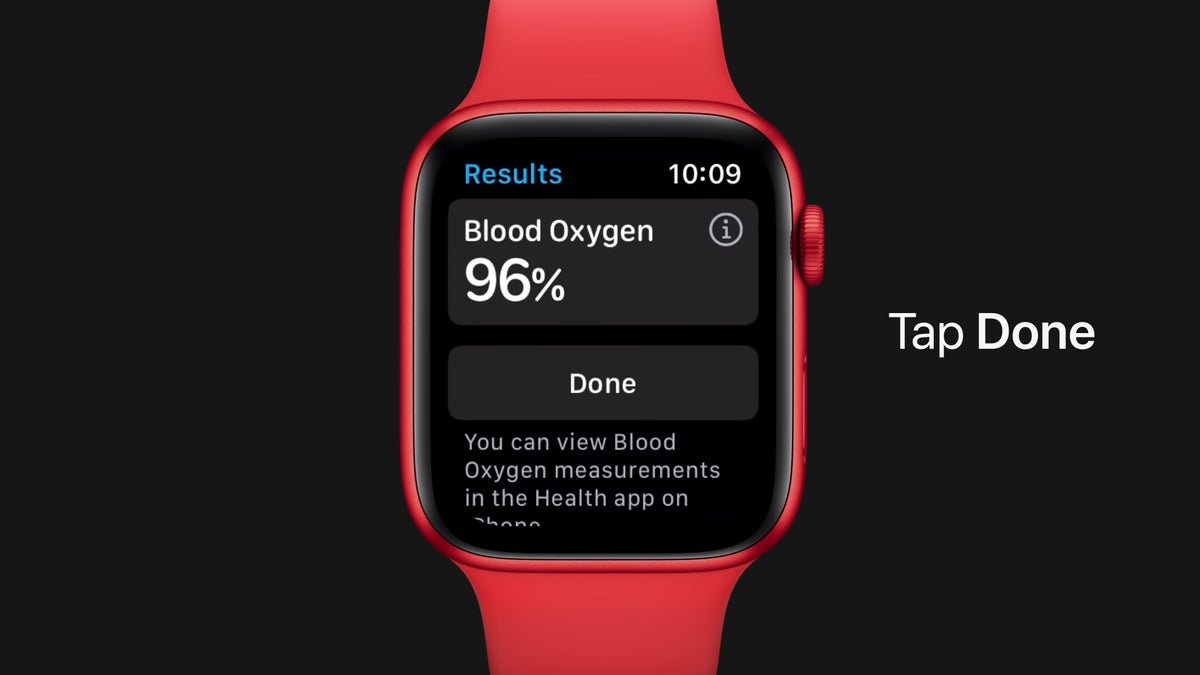Can an Apple Watch tell if you have COVID-19? The Apple Respiratory Study intends to find out

Just like it did when it introduced its Watch 5 heart rate and ECG features, Apple is now partnering with university research projects in order to put the new oximetry feature on Watch 6 to a good use during these COVID-19 pandemic times. Given the lengths it went to data-mine and analyze millions of pulse readings in order to reach unique among its wearable-making peers FDA clearance, we have high hopes that the project will be successful.
Apple is now recruiting volunteers in partnership with scientist from University of Washington and the Seattle Flu Study "to understand how everyday devices, like an Apple Watch or iPhone, can be used to predict illnesses like COVID-19."
If you are interested and live in the Seattle area, you can hit the Apple Respiratory Study website, and sign up in case you meet the following criteria:
- Live in the greater Seattle area
- Be age 22 years or older
- Have an Apple iPhone 6s or above
- Speak and read English
- Be able to participate for up to 6 months
The study description mentions that you will be provided an Apple Watch of undisclosed generation, and must fill in weekly surveys with the Apple Research app on your iPhone. It's a fairly long-term study, too, as you need to be committed for at least six months. The researchers will test you for COVID-19 in the beginning and if any respiratory illness occurs during the course of project in order to match the Apple Watch readings to your eventual condition to gauge its predictive abilities.
The end goal of the Apple Respiratory Study is to "see if the information collected by the Apple Watch and iPhone can detect early signs of respiratory illnesses like COVID-19." Needless to say, your personal data will be kept confidential throughout the process, and only aggregated data will be used in the inevitable mining and analysis of the resulting data points. Why the Apple Watch, though?
Apple Watch 6 pulse oximeter feature COVID-19 prediction potential
You may have heard, but oxygen saturation is one of the indicators that your lungs may be giving up the ghost amidst the coronavirus pandemic. While doctors are trained to immediately put you on oxygen or worse, on a ventilator, after a certain threshold is reached, for coronavirus patients that number seems to be much lower than usual, according to emergency physician Dr Richard Levitan in a New York Times op-ed.
Here are the Apple wearable features that may have attracted the attention of COVID-19 researchers:
- Brand new Watch 6 sensors
- 10 seconds to a first blood oxygen readout
- Blood Oxygen App
- Periodic measurements in real time
- Alerts for low blood oxygen
With the introduction of Apple's latest watchOS 7 system on the Watch Series 6 it basically provided what smartwatches from Huawei and even smart bracelets from Fitbit and others have had for a while now - blood oxygen saturation measurements with the new Blood Oxygen App.
The oximeter takes only 15 seconds to record the first measurement, and can be set to monitor your levels in real time, yet in a battery-saving mode, and the stats include min/max rate for the day so far, as well as alerts if it goes dangerously low. With COVID-19 patients sometimes looking active and alert with blood oxygen levels down to the fiftieth or sixtieth percentile, a Watch warning feature may prove to be quite the bonanza for health professionals.
Follow us on Google News













Things that are NOT allowed:
To help keep our community safe and free from spam, we apply temporary limits to newly created accounts: